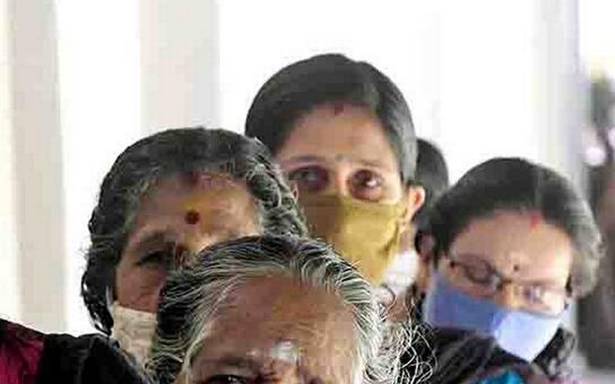The LDF consolidated support among the social groups which generally vote for it.
Lokniti-CSDS post-poll survey data indicate that the LDF’s vote share saw a significant improvement among select social groups. When levels of access to education are taken into account, the LDF performed better than the UDF across all education levels, though the gap was much wider among the non-literate group and those who had access to higher education. The NDA got little support from the non-literate segments though its support among those with access to education was more or less consistent.
When it came to different age groups, support for the LDF was higher compared to the UDF. The difference was the sharpest in the 26-35 category. There seemed to be a sharp decline in support in the less-than-25 age group for the NDA as compared to the previous Assembly election.

There was not much of a gender variation when it came to support for the LDF, while the UDF’s voters had a much higher proportion of women. On the other hand, the NDA performed much better among male voters compared to female voters.
The LDF maintained its popularity among the poor — a little over half (53%) voted for the alliance. The NDA lost its traditional support from among the middle and rich classes compared to the last election. While support for the LDF declines as one moves from the poor to the rich, the reverse trend holds good for the UDF.
This election witnessed a considerable decline in popularity in the NDA’s core support group: young, educated, men, and those belonging to middle and upper economic classes. The LDF, on the other hand, consolidated its support among the social groups which generally voted for it.
Vibha Attri is Research Associate, Lokniti-CSDS
Source: Read Full Article

